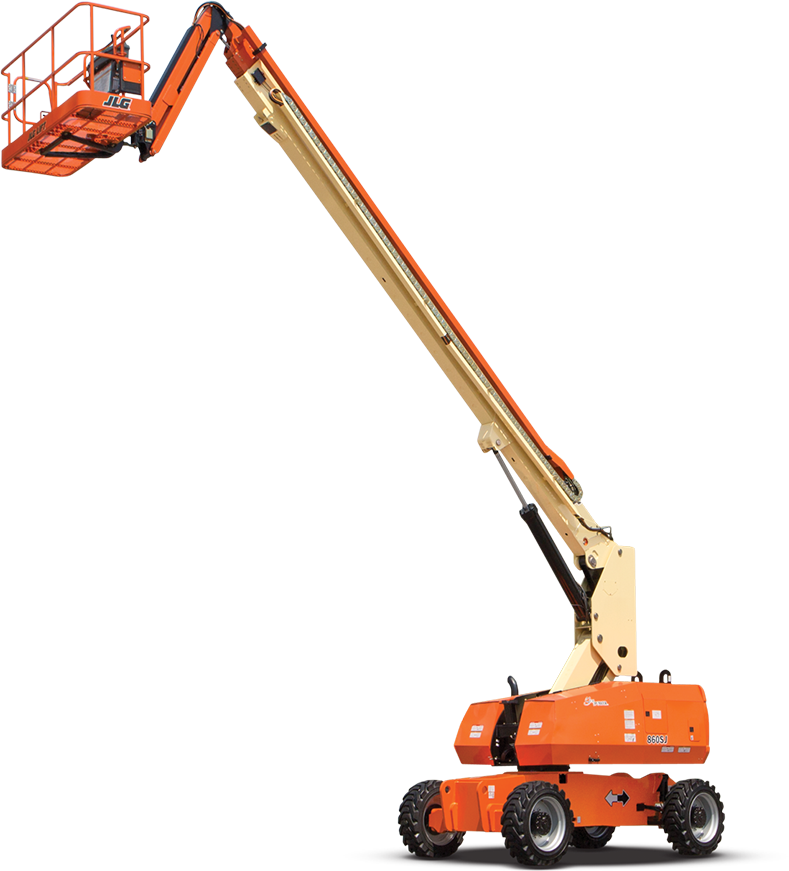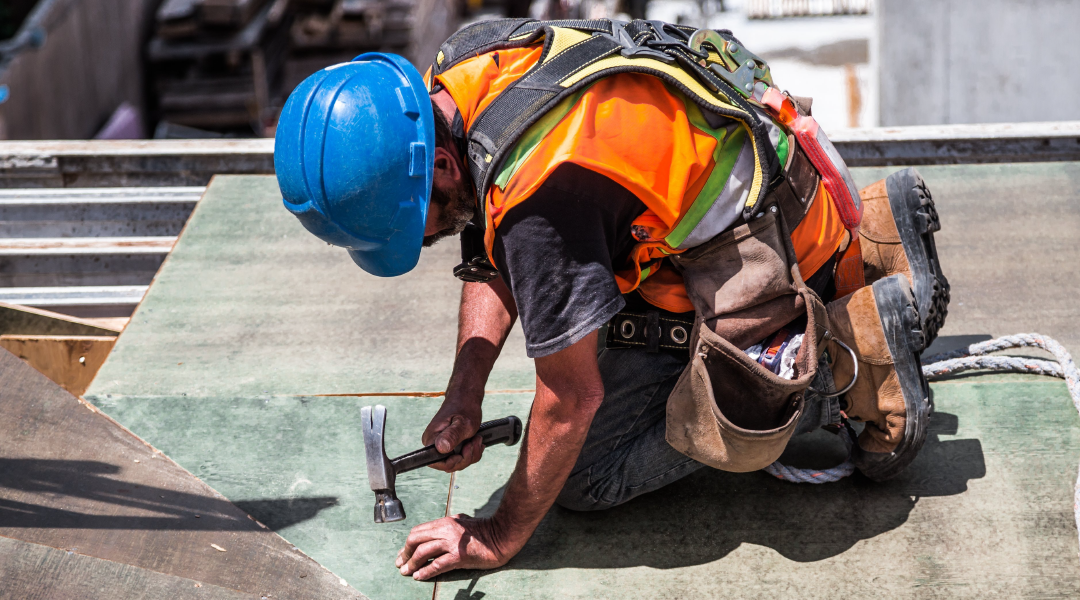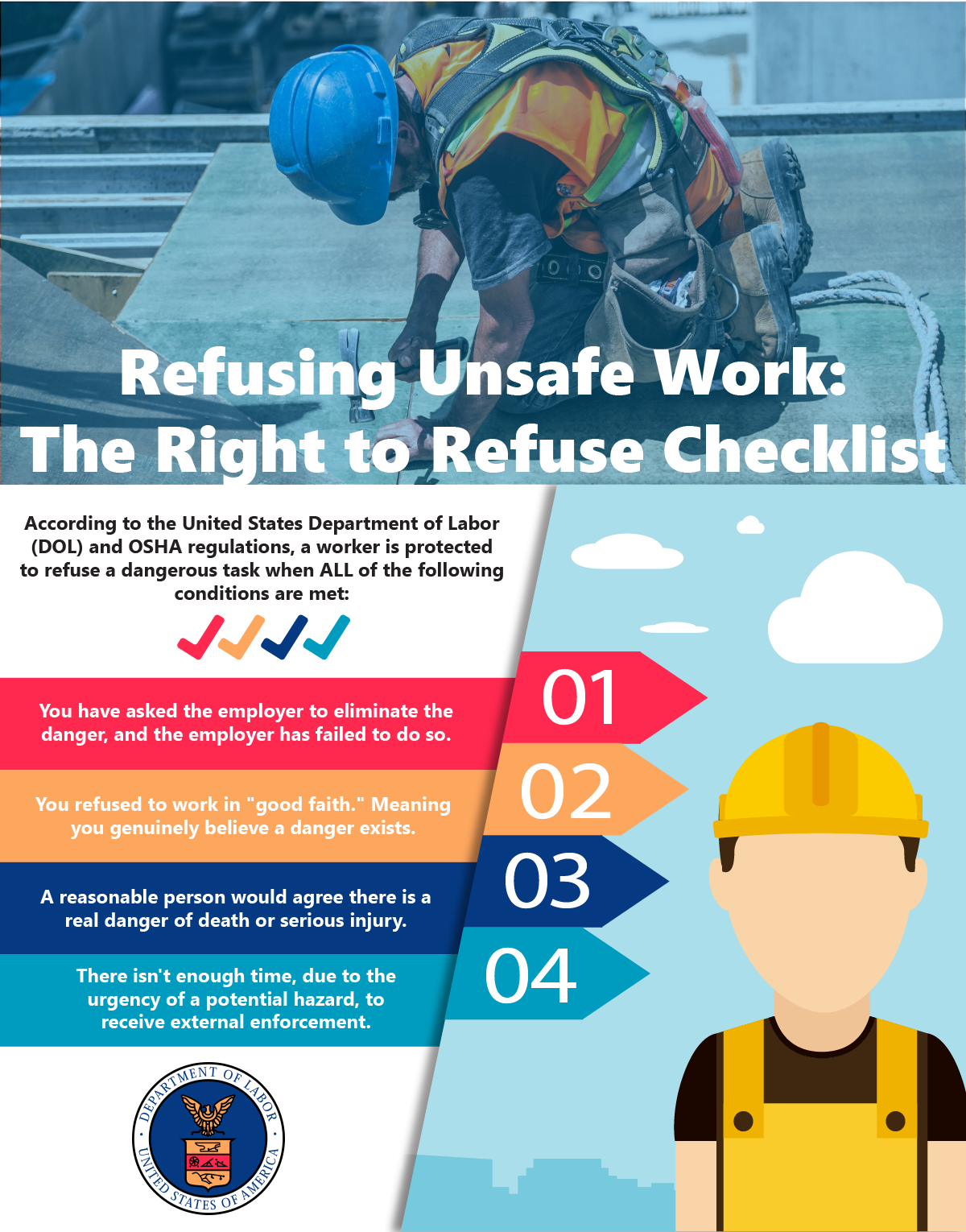Construction workers should be comfortable refusing work that they feel puts their safety in danger. However, many workers don’t know what unsafe construction work is, what it looks like, or what to do if they suspect something may be unsafe.
There are many different things a worker could do, but the first step a worker should ALWAYS take is bringing the unsafe conditions to the employer or site manager’s attention.
We’re going to take an in-depth look at a worker’s right to refuse unsafe construction work or dangerous activities and share some examples we’ve seen on various job sites:
How do I know I have the right to refuse a task?
OSHA specifically outlines that a worker is protected when all of the following conditions are met:
- You have asked the employer to eliminate the danger, and the employer has failed to do so.
- You refused to work in “good faith.” Meaning you genuinely believe a danger exists.
- A reasonable person would agree there is a real danger of death or serious injury.
- There isn’t enough time, due to the urgency of a potential hazard, to receive external enforcement.

OSHA Enforced Corrective Action
A construction worker or laborer may file a complaint with OSHA at any time in regards to dangerous or unsafe working conditions. Workers should keep in mind that in filing a complaint, this does not mean you have refused unsafe work and are clear to leave a job site.
A complaint issued to OSHA may warrant a job site inspection from OSHA, where a worker’s complaint will be thoroughly reviewed and/or inspected.
If your employer retaliates against you for refusing to perform the dangerous work, contact OSHA immediately. Complaints of retaliation must be made to OSHA within 30 days of the alleged reprisal. To contact OSHA call 1-800-321-OSHA (6742) and ask to be connected to your closest area office. No form is required to file a discrimination complaint, but you must call OSHA.
Job Site Example: Boom Lift Operator
Scenario: Should Jane refuse unsafe work?
Jane has been asked to operate the boom lift, but one of the tires appears to be damaged or flat. Jane feels uneasy and has informed her employer who was unwilling to fix the machine. The lift seems as if it is not level but her direct report has told her:
“It’s fine, the guys were on it this morning and nobody was hurt.”
Jane is certified to operate the lift and is capable of performing the task but she is worried that the tire condition puts her safety on the lift at risk.
She does not want to slow down work and she feels pressure from her team as other workers were just on the lift.

What should Jane do?
Jane should refuse this task.
In this case, the boom lift would be considered poorly maintained equipment and could cause harm to the operator(s) of such equipment.
Jane can refuse the take because:
- She has asked the employer to address the machine fixes, and the employer failed to do so
- She refused the task in good faith, meaning Jane genuinely believed there was a danger. Jane has never refused to operate a lift in the past.
- A reasonable observer would agree that there is a danger
- There is not enough time to file an OSHA report because her supervising team has placed urgency on the task.
What do I do once I have refused unsafe construction work?
- If you have just refused a task, you should make sure to take the following steps:
- 1. Ask your employer to correct the hazard, or get other work assigned to you.
- 2. Tell your employer you won’t perform the work unless and until the hazard is corrected.
- 3. Remain at the work-site until ordered to leave by your employer.

For more info, visit https://www.osha.gov/right-to-refuse.html or call your local OSHA area office.
Download and share the OSHA Right to Refusal Infographic by clicking on the infographic or the link below!
Right-to-Refuse-Infographic.PDF




